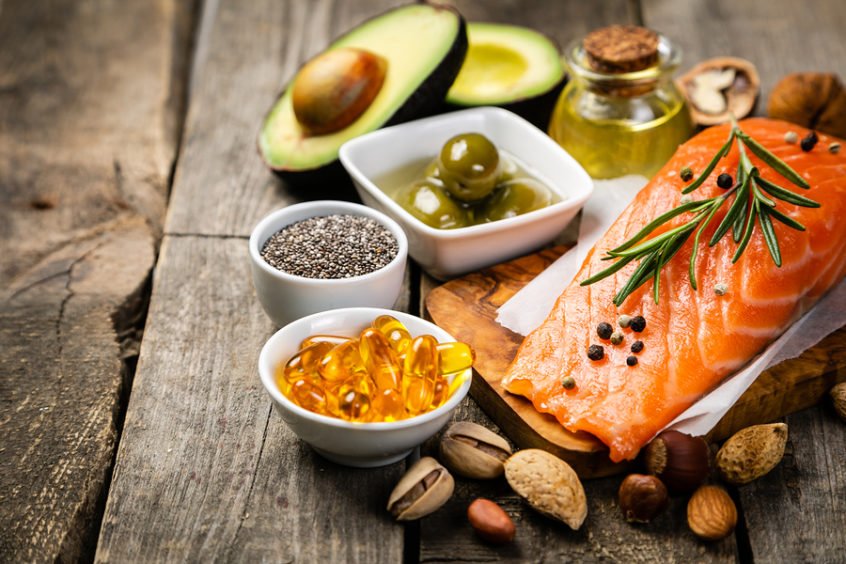Supporting your Endocannabinoid System
by Kari Collett, RDN, LDN, CLT
A to Zinc Nutrition, LLC
What is the endocannabinoid system and how does it benefit the body?
The cannabis industry in the United States has been growing expeditiously within the last decade. Thirty-three states in the U.S have now legalized medical marijuana, with 10 of them having legalized the use of recreational marijuana. The FDA has approved medical marijuana to treat seizures, pain, anxiety and other varying symptoms. The drug approved contains the chemical cannabidiol or (CBD) in hemp. CBD use has gained popularity for its healing-like effects on the body. Chemicals from hemp plant called cannabinoids help to maintain the Endocannabinoid system (ECS) in the body. CBD and THC are two different cannabinoids found in the hemp plant that bind to receptors to improve endocannabinoid homeostasis.
The human body can produce its own endocannabinoids in support of the endocannabinoid system, which is vital for homeostasis of physiological processes. Endocannabinoids signal to ligands, receptors, enzymes and other molecules to regulate processes in the body. Cannabinoid receptors are present on the skin, immune cells, bone, fat tissue, liver, pancreas, skeletal muscle, heart, blood vessels, kidney and gastrointestinal tract (1). Cannabinoids may signal the receptors for pain relief, memory, mood, appetite, stress, sleep, metabolism, immune function and reproductive function (2). The system is highly sensitive and may be affected by environmental factors such as lack of sleep, exercise, poor quality food consumption, toxins or pollution.
To support your endocannabinoid system, it is important to improve such factors so that the body can naturally produce cannabinoids. Essential fatty acids stimulate endocannabinoids, which are built from lipids that may be consumed from the diet. Polyunsaturated fats (PUFAS) are precursors to the molecules. The hemp plant naturally produces cannabinoids that when consumed, interact with the internal endocannabinoid system. Hemp seeds contain a high amount of Omega-3 fatty acids, but do not directly contain CBD. It is recommended to consume a healthy ratio of Omega-3 to Omega-6 fatty acids which help in inflammation initiation and resolution (4). Food sources high in PUFAS like salmon, mackerel, eggs, flax seeds, chia seeds and eggs may offer support to the endocannabinoid system.
The body is engaged in multiple regulatory systems that could be unbalanced from the nutrients consumed. The increasing market for cannabis use has grown in support of the regulatory affects cannabinoids have on the body. Though the cannabis industry advocates for the direct use of CBD and THC products, the endocannabinoid system may be supported through a diet high in Omega-3 polyunsaturated fats.
For more information or assistance with understanding your pain management, endocannabinoid support, and nutrition needs, contact your health care provider or dietitian.
#
1. McPartland JM, Matias I, Di Marzo V, Glass M. Evolutionary origins of the endocannabinoid system. Gene. 2006;370:64-74.doi:https://doi.org/10.1016/j.gene.2005.11.004.
2. Mackie K. Cannabinoid receptors: where they are and what they do. J Neuroendocrinol. 2008;20 Suppl 1:10-14. doi:10.1111/j.1365-2826.2008.01671.x.
3. Alger BE. Getting High on the Endocannabinoid System. Cerebrum Dana Forum Brain Sci. 2013;2013.
4. Bosch-Bouju, Clémentine, and Sophie Layé. “Dietary Omega-6/Omega-3 and Endocannabinoids: Implications for Brain Health and Diseases.” Cannabinoids in Health and Disease. InTech, 2016.

